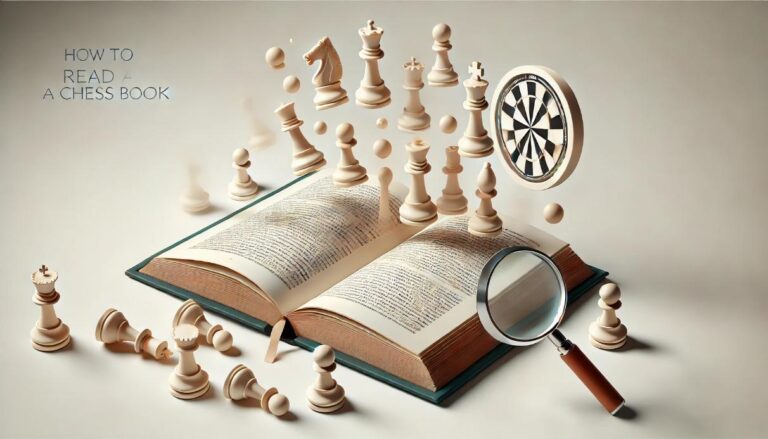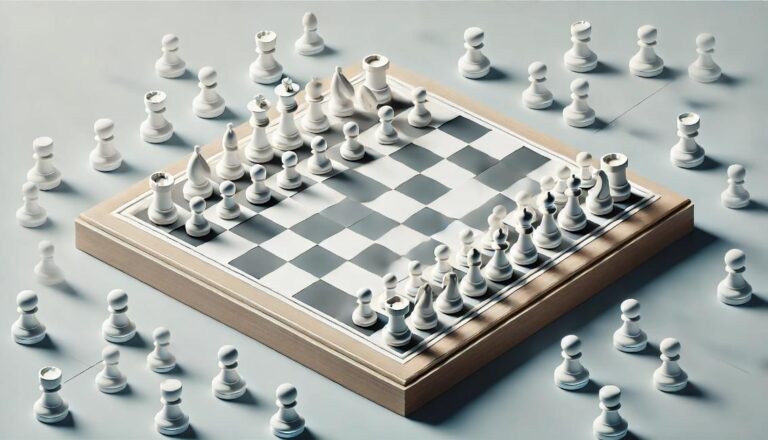Section 1: Basic Opening Principles
The opening phase of a chess game is crucial in determining the overall outcome. It sets the tone for the rest of the game and lays the foundation for future moves. As a beginner, it is important to understand some basic opening principles that can lead to quick wins. Here are some easy chess strategies to consider:
Control the center: The center squares of the chessboard (d4, d5, e4, and e5) are considered the most powerful. By occupying these squares with your pawns or pieces, you gain control over key areas of the board and limit your opponent´s options.
Develop your pieces: Develop your pieces (knights, bishops, queen, and rooks) towards the center, rather than keeping them on the back ranks. This not only allows you to control more squares, but also helps in castleing, which is a crucial defensive move.
Castle early: Castleing is a defensive move that helps protect your king and brings your rook into play. As a general rule, it is recommended to castle within the first 10 moves of the game.Section 2: Attacking the F7 Square
The f7 square is a well-known weakness in chess and can be a great target for an early attack. This square is located on the black side, three squares away from the black king and two squares away from the black queen. Here are two common ways to target the f7 square:
Fried Liver Attack: This is a popular opening trap that involves sacrificing a knight on f7. It usually occurs on move 5 when White moves their knight from f3 to g5, attacking the f7 square. If Black captures the knight, White´s queen can then come down to h5 check and cause significant damage to Black´s position.
Scholar´s Mate: Another common way to attack the f7 square is through the Scholar´s Mate. It involves moving the queen´s pawn to d4, followed by the queen´s bishop to c4 and then the queen to h5, putting pressure on the f7 square. If Black is not careful, they can fall into a quick checkmate.Section 3: Utilizing the Pin
The pin is a powerful strategic device in chess that can be used to immobilize an opponent´s piece, potentially leading to its capture. There are two types of pins: absolute and relative.
Absolute pin: This is when a pinned piece is protecting its king. In this case, the pinned piece cannot move, as it would expose the king to attack.
Relative pin: In this type of pin, the pinned piece is protecting a more valuable piece, such as a queen or rook. These pieces can still move, but it is advisable to keep them on the same file or diagonal as the attacking piece to maintain the pressure on the pinned piece.In the diagram below, White has just moved their bishop to c4, placing Black´s king in check. Black´s only legal move is to move their king to e6, as moving the knight or pawn would expose the king to further threats. This creates a relative pin on the knight as it is protecting the king. Now White can follow up with a move like Bxf6, winning the knight.
Section 4: Endgame Tactics
The endgame, also known as the late game, is the final phase of a chess game. At this stage, there are fewer pieces on the board, and it becomes vital to utilize various endgame tactics to secure a win. Let´s take a look at a few techniques that can lead to quick wins in the endgame:
Pawn promotion: When a pawn reaches the opposite end of the board, it can be promoted to any other piece (except the king). This can be a game-changing move, as a promoted pawn can become a powerful queen, rook, bishop, or knight.
Decoying and Deflection: These are two tactics that involve luring the opponent´s pieces away from their key position. Decoying is when you sacrifice a piece or pawn to force your opponent´s piece to move, while deflection is when you force your opponent´s piece to move to a less favorable position.
Zugzwang: This is a German term for a situation in which a player is forced to make a disadvantageous move, as any other move would worsen their position. You can sometimes create a zugzwang situation by maneuvering your pieces in such a way that your opponent´s only option is to make a damaging move.In conclusion, these easy chess strategies and techniques can help you gain an advantage over your opponent and lead to quick wins in your games. However, it is essential to remember that chess is a game of strategy and patience, and it takes practice and experience to become a skilled player. Keep practicing, and you´ll soon be on your way to becoming a chess master.


